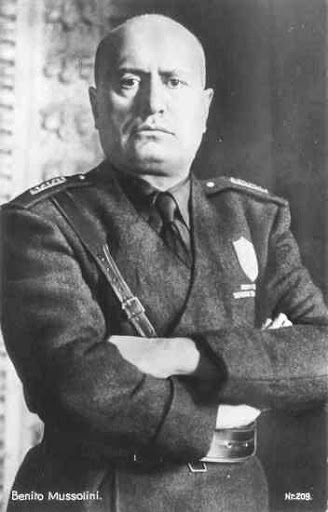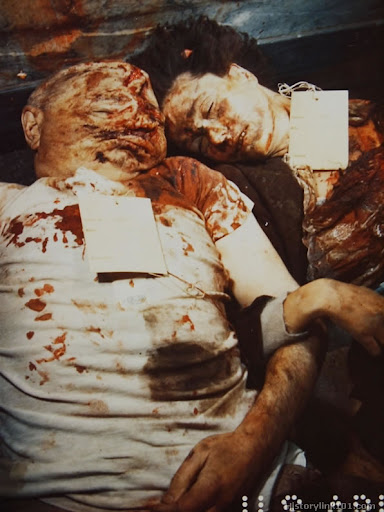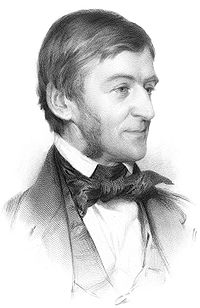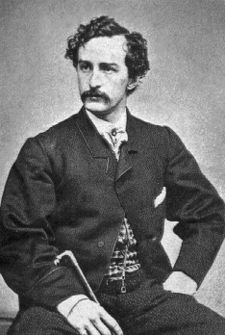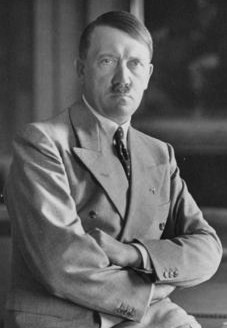 The Life of Adolf Hitler
The Life of Adolf HitlerAdolf Hitler (20 April 1889 – 30 April 1945) was an Austrian-born German politician and the leader of the National Socialist German Workers Party (German: Nationalsozialistische Deutsche Arbeiterpartei, abbreviated NSDAP), also called the Nazi Party. He was the ruler of Germany from 1933 to 1945, serving as Chancellor from 1933 to 1945 and as head of state (Führer und Reichskanzler) from 1934 to 1945.
A decorated veteran of World War I, Hitler joined the Nazi Party in 1920 and became its leader in 1921. Following his imprisonment after a failed coup in 1923, he gained support by promoting nationalism, antisemitism and anti-communism with charismatic oratory and propaganda. He was appointed chancellor in 1933, and quickly established a totalitarian and fascist dictatorship. Hitler pursued a foreign policy with the declared goal of seizing Lebensraum ("living space") for Germany, directing the resources of the state toward this goal. His rebuilt Wehrmacht invaded Poland in 1939, leading to the outbreak of World War II in Europe.
Within three years, Germany and the Axis powers occupied most of Europe and large parts of Africa, East and Southeast Asia and the Pacific Ocean. However, the Allies gained the upper hand from 1942 onward and in 1945 Allied armies invaded Germany from all sides. His forces committed numerous atrocities during the war, including the systematic killing of as many as 17 million civilians including the genocide of an estimated six million Jews, a crime known as the Holocaust.
The Death of Adolf Hitler
Late in the evening of the 28th, when defeat and death were both imminent, Hitler dictated his last will and a two-part political testament (shown below) in which he expressed many of the same sentiments he had stated in Mein Kampf back in 1923-24. He essentially blamed the Jews for everything, including the Second World War. He also made a reference to his 1939 threat against the Jews along with a veiled reference to the subsequent gas chambers.
Just before midnight he married Eva Braun in a brief civil ceremony. There was then a celebration of the marriage in his private suite. Champagne was brought out and those left in the bunker listened to Hitler reminisce about better days gone by. Hitler concluded, however, that death would be a release for him after the recent betrayal of his oldest friends and supporters.
By the afternoon of April 29, Soviet ground forces were about a mile away from the Führerbunker. Inside the bunker the last news from the outside world told of the downfall and death of Mussolini, who had been captured by Italian partisans, executed, then hung upside down and thrown into the gutter.
Hitler now readied himself for the end by first having his poison tested on his favorite dog, Blondi. He also handed poison capsules to his female secretaries while apologizing that he did not have better parting gifts to give them. The capsules were for them to use if the Soviets stormed the bunker.
About 2:30 in the morning of April 30, Hitler came out of his private quarters into a dining area for a farewell with staff members. With glazed eyes, he shook hands in silence, then retired back into his quarters. Following Hitler's departure, those officers and staff members mulled over the significance of what they had just witnessed. The tremendous tension of preceding days seemed to suddenly evaporate with the realization that the end of Hitler was near. A lighthearted mood surfaced, followed by spontaneous displays of merry-making even including dancing.
At noon, Hitler attended his last military situation conference and was told the Soviets were just a block away. At 2 p.m. Hitler sat down and had his last meal, a vegetarian lunch. His chauffeur was then ordered to deliver 200 liters of gasoline to the Chancellery garden.
Hitler and his wife Eva then bid a final farewell to Bormann, Goebbels, Generals Krebs and Burgdorf, other remaining military aides and staff members.
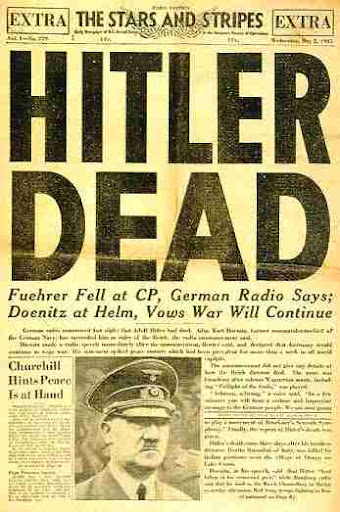 Hitler and his wife then went back into their private quarters while Bormann and Goebbels remained quietly nearby. Several moments later a gunshot was heard. After waiting a few moments, at 3:30 p.m., Bormann and Goebbels entered and found the body of Hitler sprawled on the sofa, dripping with blood from a gunshot to his right temple. Eva Braun had died from swallowing poison.
Hitler and his wife then went back into their private quarters while Bormann and Goebbels remained quietly nearby. Several moments later a gunshot was heard. After waiting a few moments, at 3:30 p.m., Bormann and Goebbels entered and found the body of Hitler sprawled on the sofa, dripping with blood from a gunshot to his right temple. Eva Braun had died from swallowing poison.As Soviet shells exploded nearby, the bodies were carried up to the Chancellery garden, doused with gasoline and burned while Bormann and Goebbels stood by and gave a final Nazi salute. Over the next three hours the bodies were repeatedly doused with gasoline. The charred remains were then swept into a canvas, placed into a shell crater and buried.
The Last Will of Adolf Hitler
As I did not consider that I could take responsibility, during the years of struggle, of contracting a marriage, I have now decided, before the closing of my earthly career, to take as my wife that girl who, after many years of faithful friendship, entered, of her own free will, the practically besieged town in order to share her destiny with me. At her own desire she goes as my wife with me into death. It will compensate us for what we both lost through my work in the service of my people.
What I possess belongs - in so far as it has any value - to the Party. Should this no longer exist, to the State; should the State also be destroyed, no further decision of mine is necessary.
My paintings, in the collections which I have bought in the course of years, have never been collected for private purposes, but only for the extension of a gallery in my home town of Linz on Donau.
It is my most sincere wish that this bequest may be duly executed.
I nominate as my Executor my most faithful Party comrade,
Martin Bormann
He is given full legal authority to make all decisions.
He is permitted to take out everything that has a sentimental value or is necessary for the maintenance of a modest simple life, for my brothers and sisters, also above all for the mother of my wife and my faithful co-workers who are well known to him, principally my old Secretaries Frau Winter etc. who have for many years aided me by their work.
I myself and my wife - in order to escape the disgrace of deposition or capitulation - choose death. It is our wish to be burnt immediately on the spot where I have carried out the greatest part of my daily work in the course of a twelve years' service to my people.
Given in Berlin, 29th April 1945, 4:00 a.m.
Signed: A. Hitler
Signed as witnesses:
Dr. Joseph Goebbels
Martin Bormann
Colonel Nicholaus von Below

